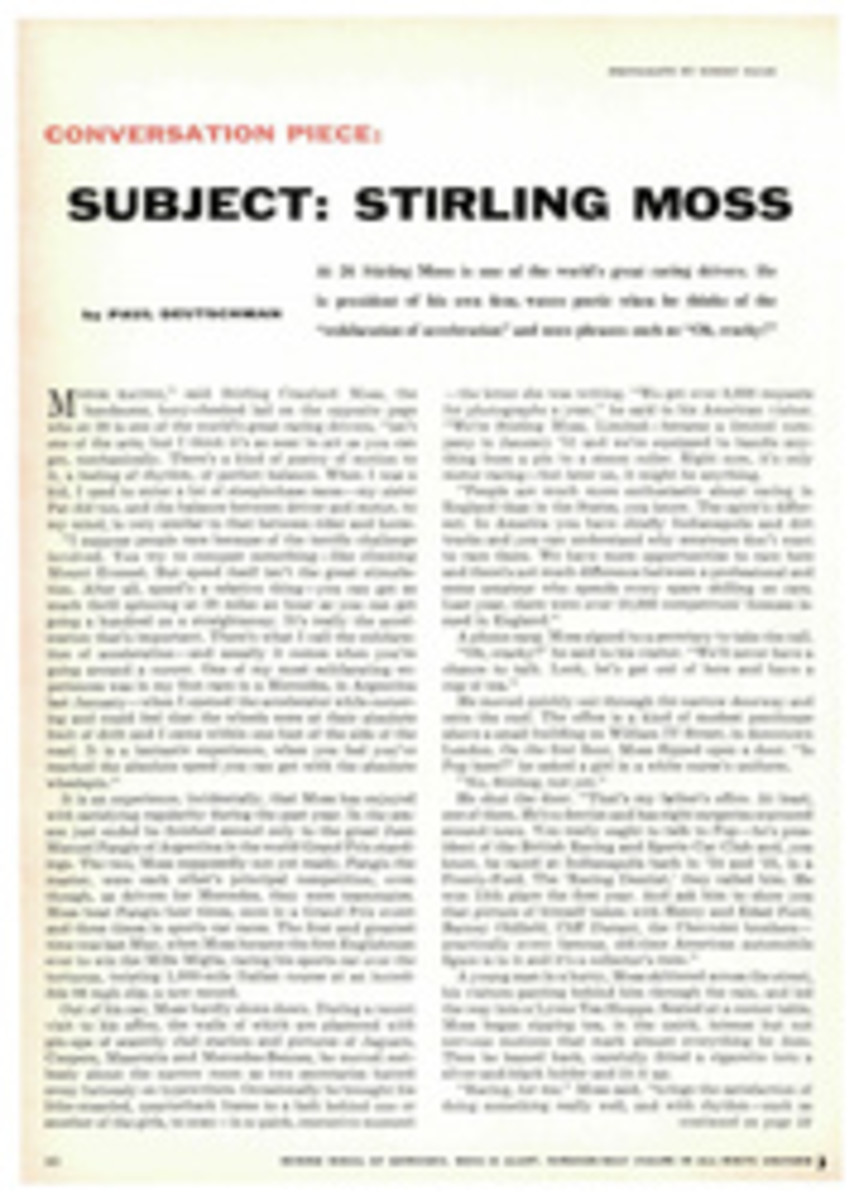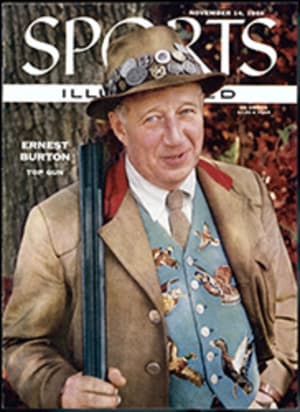
DON'T BE AFRAID OF THE SCREECH OWL
Fall time is owl time. As the nights grow crisp and the migratory birds hustle southward, owls become more in evidence. It is at this time of the year that Americans are most apt to encounter the screech owl, the country's best-known member of this family of night operators.
Screech owls, being nonmigratory, are around at all times of the year, but in the fall they bestir themselves and move about in search of winter quarters. As a result people find them in all sorts of unexpected places. When they see this small, furtive figure in the dusk or hear its drawn-out, quavering cry, they react in one of two ways. They either experience a feeling of dread or one of delight. It is astonishing that two schools of reaction to owls should persist in enlightened America—but they do.
The origins of the dread school go back farther than anyone can trace. Pliny, the Roman nature man, gave the screech owl a terrible billing.
"The Scritch Owl," says an early translation of his commentary, "alwayes betokeneth some heavie newes, and is most execrable and accursed. In summer he is the very monster of the night, neither singing out cleare, but uttering a certain heavie groane of doleful mourning, and therefore if he be seene to flie abroad in any place it prognosticated some fereful misfortune."
Members of the delight school take just the opposite view. They look upon this 10-inch bird with the sprightly ear tufts as a cheery, almost comical creature. They like to have it around for numerous reasons. They point out that there is nothing sinister about the bird, not even its voice. In fact, if you listen closely to its call you learn that it is not a screech at all but has a soft, liquid tone as the notes run down the scale. It was John Burroughs, the romanticist of the woods, who contended that the song of the screech owl is the most beautiful sound in nature.
Economically the screech owl is definitely a delight. Investigations of their stomach contents have proved that the greater part of their food consists of insects. They also dote on mice, frogs, lizards and some smaller birds.
Unaware of either school, the screech owl, Otus asio, makes itself at home in almost all sections of the country, extending into both Canada and Mexico. Scientists have delineated 15 subspecies, but mostly their differences are so slight they are apparent only to the scientific eye.
The screech owls of the eastern states, however, provide a choice of two colors, red and gray. This is not a racial difference, but is a color phase which is hard to explain, being unrelated to either age or sex. Even the same family may contain both the reddish-brown owls and the gray ones. In the Northwest there is a similar phenomenon, but there the color phases are gray and dark brown.
A scientist friend of mine near Boonton, N.J. reached into the hollow of an elm tree one day and pulled out a gray screech owl. Being of the delight school, he banded the bird and turned it loose. About a week later he happened to think of his owl and went back to the tree. He pulled out a screech owl all right, but it was a red one. He turned it loose and later went back to the tree again. This time he pulled out a gray screech owl, but it had no band. The fourth time he went back he found the original banded owl in the hollow. These maneuvers proved that there were at least three different owls using the same hollow tree, apparently on a first-come-first-served basis.
There comes a time when the young of the screech owl emerge into the world of moonlight and shadow. Sometimes they sit in a row like so many knobs on the limb, waiting for their parents to bring them food. It is at this time that the adult screech owls, weighing only six or seven ounces, become fierce out of all proportion to their size. Out of the black of night this small feathered fury will swoop down on silent wings and fly at the head of the unwitting passerby, sometimes knocking his hat off or at least scaring him out of seven years' growth.
If the innocent victim happens to be a member of the dread school, he will tear home and live in apprehension for weeks lest the curse of the screech owl do him harm. If he is a member of the delight school he is apt to switch over to the dread side for a few minutes until he can collect his wits. Then, with reason regained, he starts hunting around for those balls of feathers with the big, round eyes which he knows are not far away.
PHOTO
DAVID GOODNOW
ROUND-EYED WITH SURPRISE, TWO CONNECTICUT SCREECH OWLS STARE AT CAMERA'S FLASH

